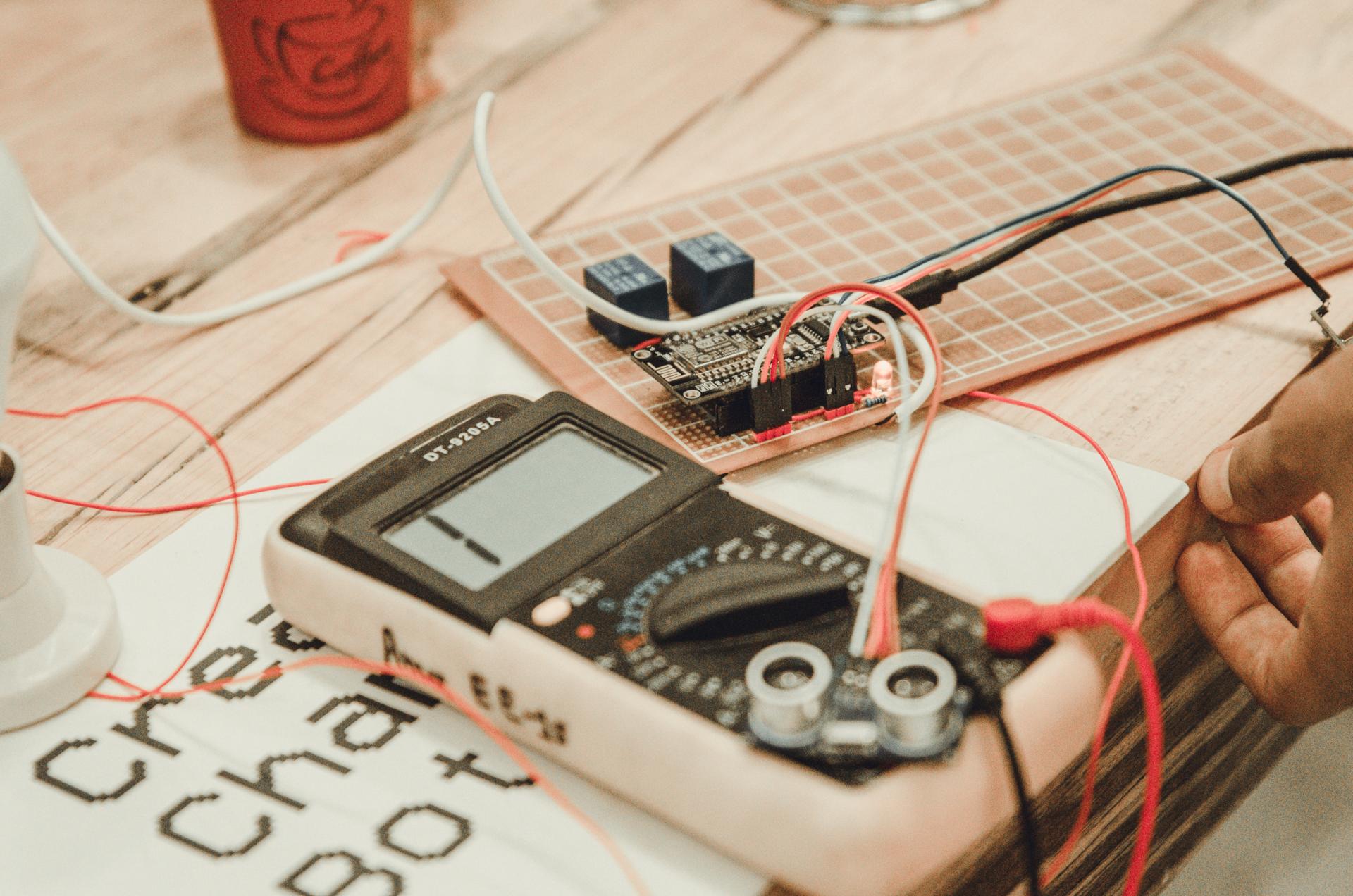How to Test Your House's Electric Safety: A Complete Guide

In the realm of home security, one of the most important areas to consider is the safety of electrical wiring. Testing for electrical safety is the process of checking the electrical system within your home to make sure it’s safe and up-to-code. In this article, we’ll provide you with an overview of what the electrical safety tests are, the tools will be required to conduct them, the best method to perform the tests, and the warning signs to be aware of.
What is an Electrical Safety Test?
An electrical safety test is the process of inspecting the electrical system inside your home to ensure that it’s functioning safely and properly. Electrical safety tests are important as they can prevent electrical accidents and fires as well as ensure the durability the electrical systems you have.
Tools Required to conduct an Electrical Safety Test
In order to conduct an electrical safety test, you’ll require a few basic equipment. These include an electrical voltage tester, a continuity tester, a circuit tester, as well as the outlet tester. A voltage tester can check for live circuits, while the continuity tester checks for damaged circuits. Circuit testers are used to detect wiring problems as well as outlets testers are used to detect wiring issues at the outlets. It’s important to use the tools correctly in order to obtain precise results.
How do you conduct an electrical Safety Test
To perform an electric safety check at your home Follow these steps:
Switch off the power source on the circuit or circuits you’re conducting tests on.
Make use of this voltage tester to check whether there are live circuits.
Use the test for continuity to test for broken circuits.
Make use of the circuit tester for checking for any wiring issues.
Make use of the outlet tester to find any wiring issues in the outlets.
During the testing process make sure you look for any evidence of wear or damage on the wiring, such as frayed or broken wires, burn marks, or loose connections. If you discover any problems you need to fix the issues as soon as you can to avoid potential hazards.
Signs of Electrical Problems to be Watchful For
There are several warning signs that could signal electrical problems in your house. They include flickering light bulbs, frequent circuit breaker tripping and crackling or buzzing sounds emanating from outlets. They also include hot or discolored outlets as well as a burning smell. If you observe any warning signs, it’s important to get to work immediately to avoid any electrical dangers.
Conclusion
Electrical safety tests are crucial for ensuring the safety of your home and family. By performing regular tests and addressing any issues promptly, you can avoid potential dangers to your electrical system and prolong the lifespan of your electrical system. If you require assistance with electrical testing or repairs Don’t hesitate to reach out to Local Adelaide Electrician. Our knowledgeable team will offer you expert advice and assistance. Contact us via 0480 024 363 to schedule an appointment or request a quote.
FAQ Section
What is the recommended frequency to conduct an electrical safety test in my home?
We recommend conducting electrical safety tests at least once a year.
Do I have the ability to conduct an electric safety check by myself or do I need a professional?
While you can perform the electrical test yourself but it’s best to hire an expert to ensure the accuracy of results and prevent potential hazards.
Which are the top frequent electrical problems found during an electrical safety test?
The most frequent electrical issues found during a safety test include faulty wiring, overloaded circuits, and outdated electrical systems.
What should I do if I find an issue in the electrical safety test?
If you find an issue in the electrical safety test It is crucial to take action immediately. This could include calling an experienced electrician to fix the problem or replacing damaged equipment.
